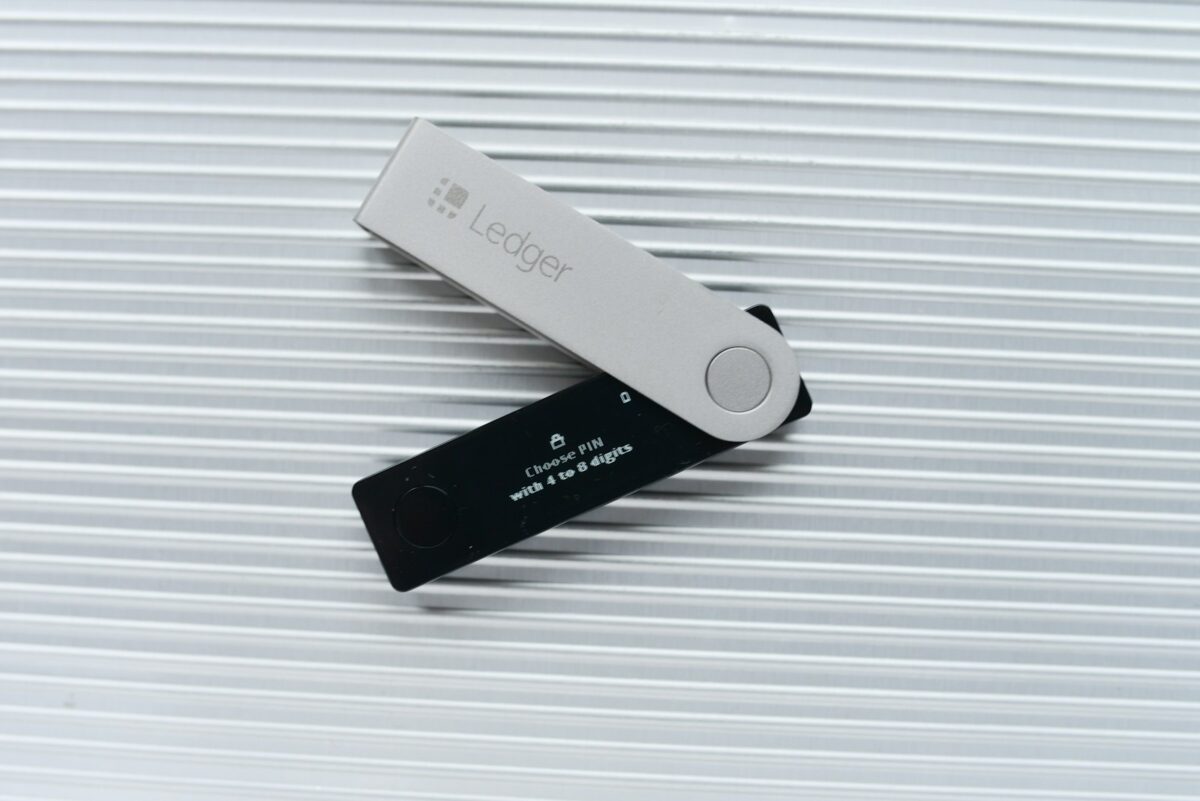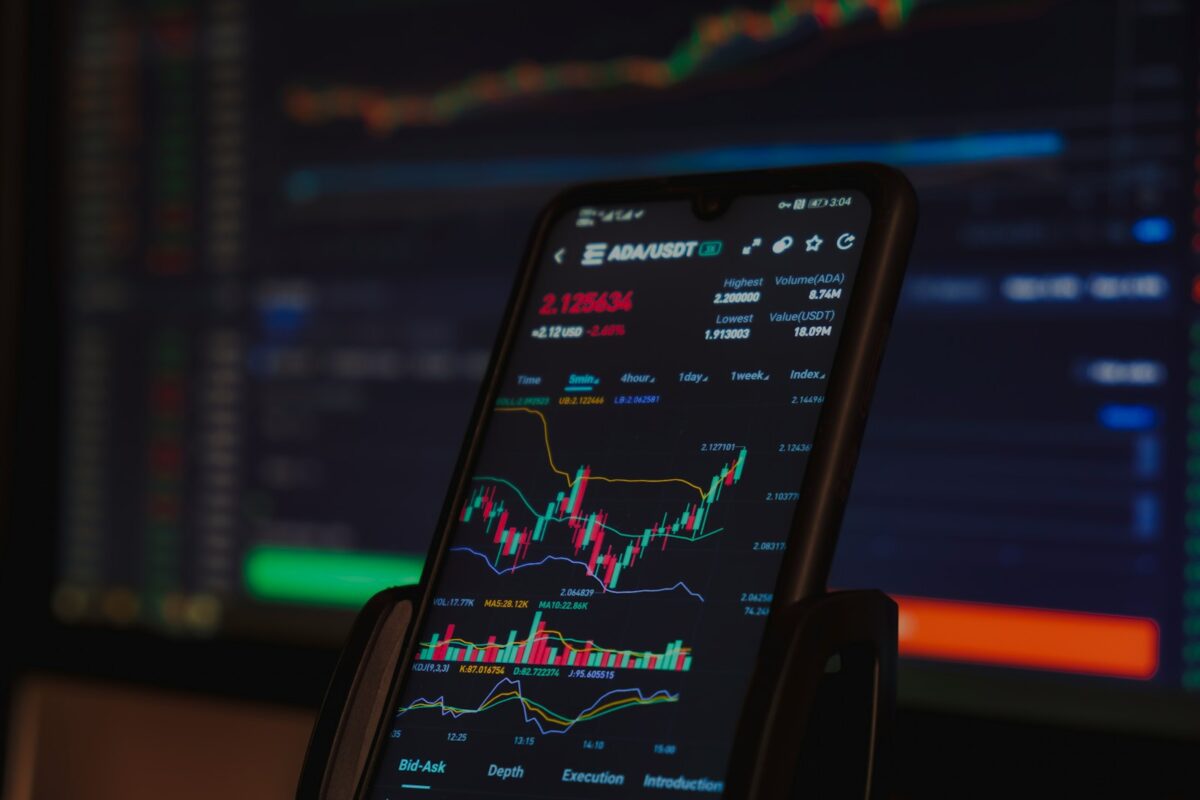
Stop loss orders guide

Setting predefined price points to limit unfavorable outcomes is fundamental in preserving capital during market fluctuations. An automatic instruction to sell when the asset reaches a certain threshold acts as a safeguard against excessive drawdowns, enabling disciplined exit strategies without emotional interference.
These mechanisms activate precisely when market prices hit designated levels, providing timely protection by executing transactions instantly. This reduces exposure to sudden adverse movements and helps maintain a balanced portfolio by enforcing strict risk boundaries.
Integrating such tools into your strategy enhances control over potential declines while allowing participation in upward trends. Understanding how triggers function and when to adjust them based on volatility and individual tolerance is key to optimizing financial defense systems and achieving consistent performance under varying conditions.
Automatic Selling Trigger: A Practical Approach to Risk Management
Implementing an automatic selling mechanism is a fundamental strategy for managing potential financial setbacks. By defining a specific price point at which assets are liquidated, traders can enforce discipline and limit exposure to adverse market movements. This method leverages pre-set conditions that activate transactions without manual intervention, ensuring swift action when market dynamics reach critical thresholds.
The protection offered by such mechanisms is not merely theoretical; empirical data highlights their role in preserving capital during volatile periods. For example, during abrupt downturns in cryptocurrency markets, automatic triggers have enabled investors to exit positions before significant value erosion occurred, thereby mitigating financial damage.
Technical Foundations and Execution Principles
These protective mechanisms function by continuously monitoring asset prices against predefined criteria. Once the price crosses a set threshold–known as the trigger level–the system initiates an immediate sale of the holdings. This process is executed on trading platforms through programmable commands that remain dormant until activated by market conditions.
Effective implementation involves careful selection of the trigger price relative to current market valuations and volatility metrics. For instance, setting the activation point too close to the purchase price may result in premature liquidation during normal fluctuations, whereas placing it too far may fail to prevent substantial drawdowns. Quantitative models often incorporate historical price data and volatility indexes to optimize these parameters.
Case studies in blockchain asset management show that integrating such mechanisms within diversified portfolios enhances overall risk-adjusted returns. Traders employing layered triggers at multiple intervals can better adapt to dynamic pricing patterns while preserving upside potential.
A practical example involves setting an activation threshold at 10% below purchase cost for a volatile altcoin position. Monitoring tools track live prices and execute sales once this boundary is breached. Such precision reduces emotional decision-making and enforces systematic discipline.
This approach fosters enhanced portfolio preservation without continuous manual oversight, allowing traders to focus on strategic adjustments instead of constant market surveillance. Exploring experimental setups with simulated environments or paper trading can build confidence in selecting appropriate parameters tailored to individual risk appetites and asset characteristics.
How to Set Stop Loss Effectively in Cryptocurrency Trading
Setting a protective threshold for your position requires precise calculation of the trigger price where automatic selling activates. This mechanism limits potential negative outcomes by closing trades once the asset’s market value falls below a predefined level. It is critical to identify a price point that balances risk tolerance and market volatility, ensuring the exit is neither premature nor delayed.
The selection process should consider recent support levels, average true range (ATR), and technical indicators such as moving averages or Fibonacci retracements. For instance, placing the trigger slightly below a strong support line can reduce unnecessary triggering during normal fluctuations. Conversely, setting it too close may lead to frequent exits on minor dips, impacting overall profitability.
Strategies for Defining the Protective Trigger Price
One practical approach involves calculating a percentage-based threshold relative to the entry price–commonly between 1% and 5%. This method suits highly liquid cryptocurrencies with stable patterns. Alternatively, traders can use volatility-adjusted stops derived from ATR values multiplied by a factor (e.g., 1.5x ATR), tailoring protection to changing market dynamics.
Case studies show that automatic execution triggered by these parameters mitigates emotional decision-making and enforces discipline. For example, during sudden market corrections, well-placed triggers prevent deeper drawdowns by activating prompt selling without manual intervention.
- Technical analysis: Employ chart patterns and trendlines to identify logical exit points.
- Volatility measurement: Use tools like Bollinger Bands or ATR for dynamic adjustments.
- Position size consideration: Align stop settings with portfolio risk allocation principles.
Avoiding overly tight protective points reduces “stop hunting” risks where short-term manipulations activate premature sales. Backtesting historical data can reveal optimal thresholds that align with specific trading strategies and asset characteristics.
The automatic selling executed upon reaching the set price acts as an essential instrument of risk management in volatile markets like cryptocurrency. By enforcing systematic exits, it preserves capital and minimizes adverse outcomes caused by rapid downturns or unexpected events affecting blockchain projects or their underlying tokens.
This technique encourages experimental refinement: traders may adjust thresholds based on live performance metrics or incorporate layered triggers that modify exit points dynamically depending on market conditions. Embracing such methodical exploration strengthens understanding of order execution mechanics within decentralized finance environments while enhancing overall trade resilience.
Choosing stop loss types
Effective risk protection requires selecting the appropriate mechanism for exiting positions when the market price moves unfavorably. Among the primary tools are fixed trigger points and trailing mechanisms, each offering distinct advantages in managing potential financial setbacks. Fixed triggers activate selling once a predetermined threshold is reached, providing clear boundaries to limit exposure. Trailing triggers adjust dynamically with price movements, allowing for flexible protection that locks in gains while still guarding against reversals.
Understanding how these protective actions interact with market volatility is essential. Fixed triggers excel in stable markets where sudden fluctuations are limited, ensuring disciplined execution without premature activation. Conversely, trailing mechanisms better suit volatile environments by adapting to upward trends before initiating a sell-off at declining inflection points. Selecting between these methods hinges on individual risk tolerance and trading strategy sophistication.
Technical differentiation and practical applications
The static approach sets a precise reference price below the current market value; once this level is breached, automatic selling occurs. This method simplifies management but can result in unnecessary exits during transient dips. For instance, a cryptocurrency asset priced at $10,000 might have a trigger at $9,500–any brief drop below this point activates liquidation regardless of potential recovery.
Alternatively, dynamic trailing protection adjusts its activation level relative to peak prices achieved after entering a position. If an asset rises from $10,000 to $12,000 and a 5% trail is applied, the trigger moves up accordingly to $11,400. Selling only executes if the price falls below this adaptive threshold, thus securing profits while still offering downside coverage. Empirical backtesting on Bitcoin’s historical data demonstrates that trailing mechanisms reduce premature selling by approximately 20% compared to fixed thresholds during periods of high volatility.
- Fixed triggers: Simple setup; effective in less volatile conditions; risk of early exit due to short-term fluctuations.
- Trailing mechanisms: Adaptive protection; captures upward momentum; requires more active monitoring or advanced platform capabilities.
An additional consideration involves combining both techniques within portfolio management frameworks to optimize overall capital preservation strategies. Experimenting with various trigger distances and percentages under simulated conditions can reveal parameter sets that balance risk exposure with profit retention effectively. Such investigative approaches contribute significantly toward developing personalized protocols aligned with specific investment goals and market contexts.
Stop Loss for Risk Control
Implementing automated selling mechanisms at predetermined price points serves as a fundamental component of effective risk management strategies. This approach enables investors to cap potential downturns by setting a price trigger that initiates an immediate exit, thereby protecting capital without requiring constant market monitoring.
The principal advantage lies in the automatic nature of these protective measures, which activate once the asset’s value breaches a defined threshold. By doing so, traders avoid emotional decision-making during volatile periods and maintain discipline in portfolio preservation.
Technical Aspects of Price-Based Protective Triggers
These mechanisms function by linking trading platforms’ algorithms to real-time price feeds. Upon reaching the preset trigger level, an automatic instruction executes, liquidating positions according to specified parameters. This system relies on precise data transmission and latency minimization to ensure timely activation.
A notable case study from 2018 illustrates how rapid market drops can be mitigated through such controls. During a sudden cryptocurrency crash, investors who employed predefined exit points experienced substantially reduced drawdowns compared to those relying solely on manual intervention.
- Risk Mitigation: Limits maximum downside exposure by enforcing disciplined exits.
- Operational Efficiency: Eliminates need for continuous oversight during high volatility.
- Psychological Relief: Reduces stress linked with real-time decision pressure.
Despite their benefits, it is critical to calibrate these triggers carefully; setting thresholds too close may result in premature liquidation due to minor fluctuations, while excessively distant levels could expose holdings to significant losses. Quantitative models often recommend positioning these protective points based on historical volatility metrics and average true range (ATR) indicators.
The integration of automated price-based protections within broader portfolio risk frameworks enhances resilience against unexpected market movements. Continuous backtesting and scenario simulations remain essential practices for refining these parameters, ensuring alignment with individual risk tolerance and investment objectives.
Common stop loss mistakes
Incorrect placement of automatic sell triggers often leads to premature liquidation, exposing traders to unnecessary loss and reducing the effectiveness of their risk management. Setting a protective price point too close to current market fluctuations can cause frequent triggering during normal volatility, resulting in multiple unwanted exits. For instance, cryptocurrencies with high intraday swings require wider thresholds to prevent unintentional sales that undermine strategic positions.
Another frequent error is misunderstanding the difference between limit-based and market-based selling mechanisms linked to protection tools. When a trigger activates, execution at unfavorable prices–due to slippage or low liquidity–can generate larger-than-expected deficits. Research into order book depth and historical price impact shows this mismatch inflates realized loss, highlighting the necessity for thorough analysis before selecting automatic exit parameters.
Technical pitfalls in risk controls
A common oversight involves neglecting dynamic adjustment of exit points in response to evolving price trends. Static protection levels fail to accommodate upward momentum or shifts in volatility regimes, leading either to missed opportunities for capital preservation or excessive exposure. Case studies from blockchain markets demonstrate that adaptive algorithms incorporating trailing mechanisms significantly improve asset retention without compromising downside safeguards.
Traders sometimes underestimate the importance of combining manual oversight with automated triggers. Relying solely on programmed sales disregards contextual factors such as sudden news events or network anomalies affecting asset valuation. Detailed quantitative assessments reveal that hybrid approaches–where human discretion complements algorithmic execution–enhance overall portfolio resilience by mitigating mechanical errors inherent in preset thresholds.
An additional challenge arises from improper risk sizing relative to position volume when setting protective levels. Oversized positions paired with tight trigger points escalate vulnerability during rapid downturns, amplifying realized damage beyond intended limits. Empirical data confirms effective capital preservation demands alignment between position scale and exit criteria, reinforcing disciplined exposure calibration as fundamental within systematic risk frameworks.
Refining Automatic Selling Triggers for Enhanced Price Protection
Adjusting protective exit points in trading strategies requires a dynamic approach that aligns with real-time price fluctuations and evolving market volatility. Setting rigid thresholds without recalibration exposes portfolios to unnecessary exposure, whereas adaptive mechanisms offer superior defense against abrupt downturns by automatically initiating asset liquidation once predefined conditions are met.
For instance, employing a trailing trigger that shifts in tandem with upward price movement secures accrued gains while minimizing downside risk. This technique exemplifies how programmable parameters can continuously optimize the balance between maximizing profit retention and limiting detrimental drawdowns.
Key Technical Insights and Future Trajectories
- Dynamic Thresholding: Integrating volatility metrics such as Average True Range (ATR) into trigger adjustments allows for context-sensitive protection levels, enhancing responsiveness to sudden market shifts.
- Algorithmic Optimization: Machine learning models trained on historical price patterns can forecast optimal exit points, enabling smarter automatic execution beyond static percentage-based triggers.
- Multi-Asset Coordination: Coordinated adjustment protocols across correlated assets prevent cascading losses through synchronized selling signals, preserving overall portfolio integrity.
- Decentralized Execution: Smart contract implementations on blockchain platforms facilitate transparent, tamper-proof activation of protective measures without reliance on centralized intermediaries.
The evolution of these mechanisms suggests a future where risk mitigation becomes increasingly granular and automated, shifting from reactive to predictive frameworks. Traders are encouraged to experiment with hybrid models combining technical indicators and AI-driven insights to tailor protection strategies that adapt fluidly to diverse market environments.
This shift not only enhances capital preservation but also cultivates disciplined decision-making rooted in data-driven triggers rather than emotional bias. Continuous exploration of parameter tuning and integration of decentralized automation will define the next frontier in safeguarding investments against adverse price movements.


